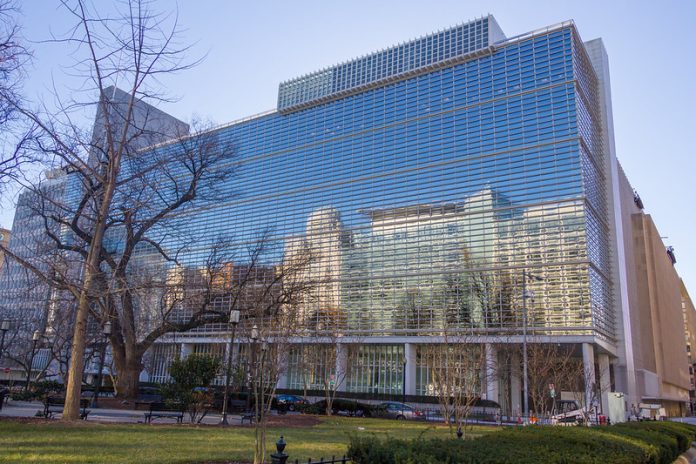Recently, Indermit Gill was appointed as the World Bank’s new Chief Economist, and he will start his tenure on September 1. After Kaushik Basu, whose tenure was from 2012 to 2016, Gill is the second Indian Chief Economist of the World Bank.
The World Bank is an organization that we’ve heard about since we started studying political science in school; but what exactly is it and what does it do? The World Bank is an international institution that focuses heavily on the development of poorer countries. It is an organization owned by 189 countries and its key agenda is to lend money to governments in need to not only improve their economies, but to also heighten their people’s standard of living. It is essentially a bank for countries, but with much higher stakes involved, working on a much higher level.
Another question people have when it comes to the World Bank is, how does it get money to lend to countries? It’s quite simple. As mentioned before, 189 members of the World Bank share its ownership. Eighty percent of the institution’s money is kept as a ‘callable’ which is to be paid in the event of a default from one of the members. Default of what? The remaining twenty percent of the Bank’s capital is paid by the members, which consists of two separate forms of subscriptions. Each member contributes by giving two percent in gold or US dollars and eighteen percent in its national currency. This way, the World Bank has a constant flow of transactions happening at a very high level. Other ways through which the organization has monetary flow are through the funds that are raised in various financial markets, they also have a lot of earnings on their investments, and they also accept contributions made by wealthier members from time to time.
In terms of its contribution to India, the World Bank has helped India immensely in various sectors through the years. The education sector has improved in the past three decades, as there has been continued growth in access to quality education in primary and secondary classes. The World Bank has funded projects like SANKALP and STRIVE, and also Nai Manzil, which has helped over 50,000 women from the minority sector. The organization has also helped India with social protection, especially during and after the pandemic with heavy investments. There have been cash transfers to over 320 million individual bank accounts, and food rations have been provided to over 800 million people. Multiple investments have also been made to improve nutrition, energy, and rural water supply and sanitation as well.
As an international financial institution, the World Bank has helped improve many underdeveloped countries in need. With continued support, many more developments are yet to come.




























